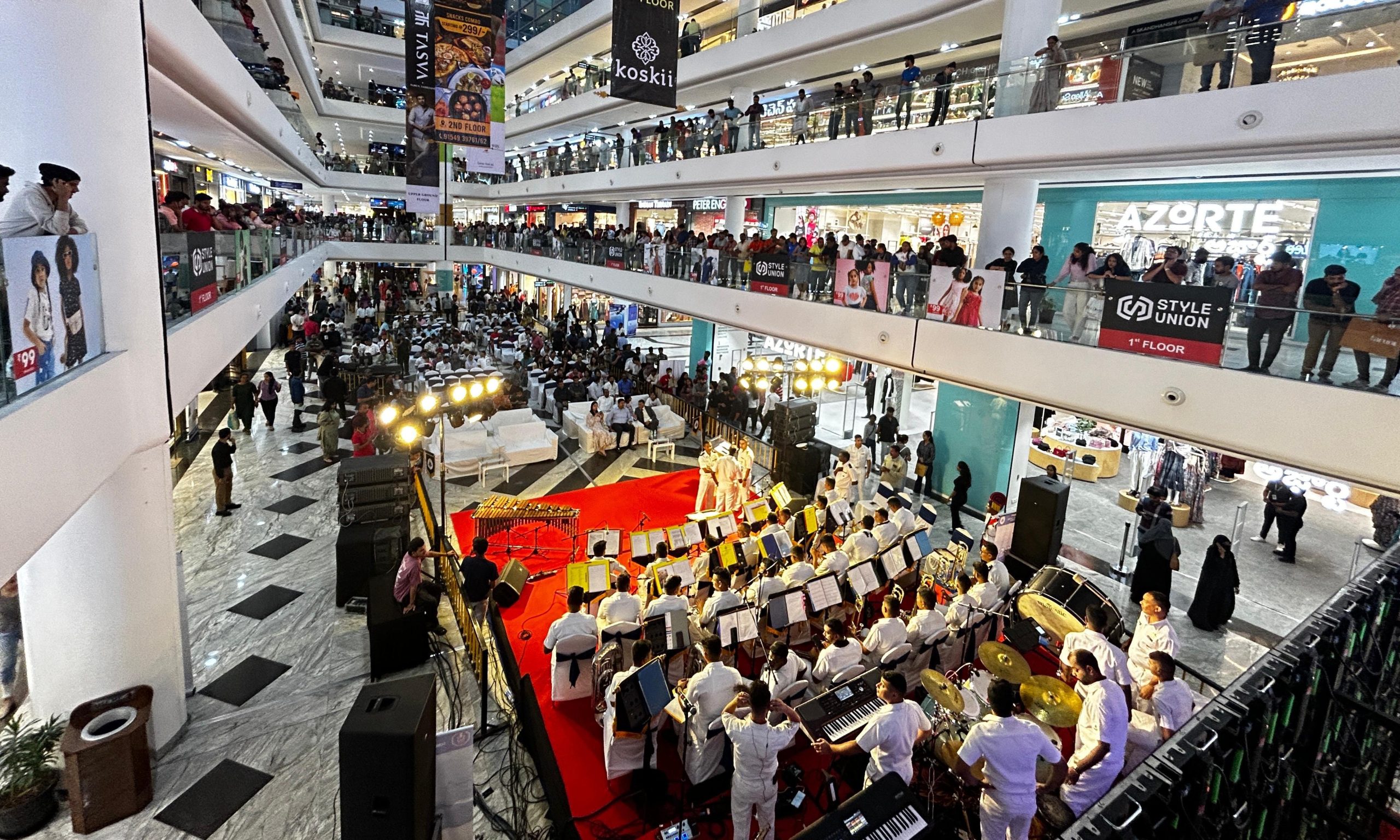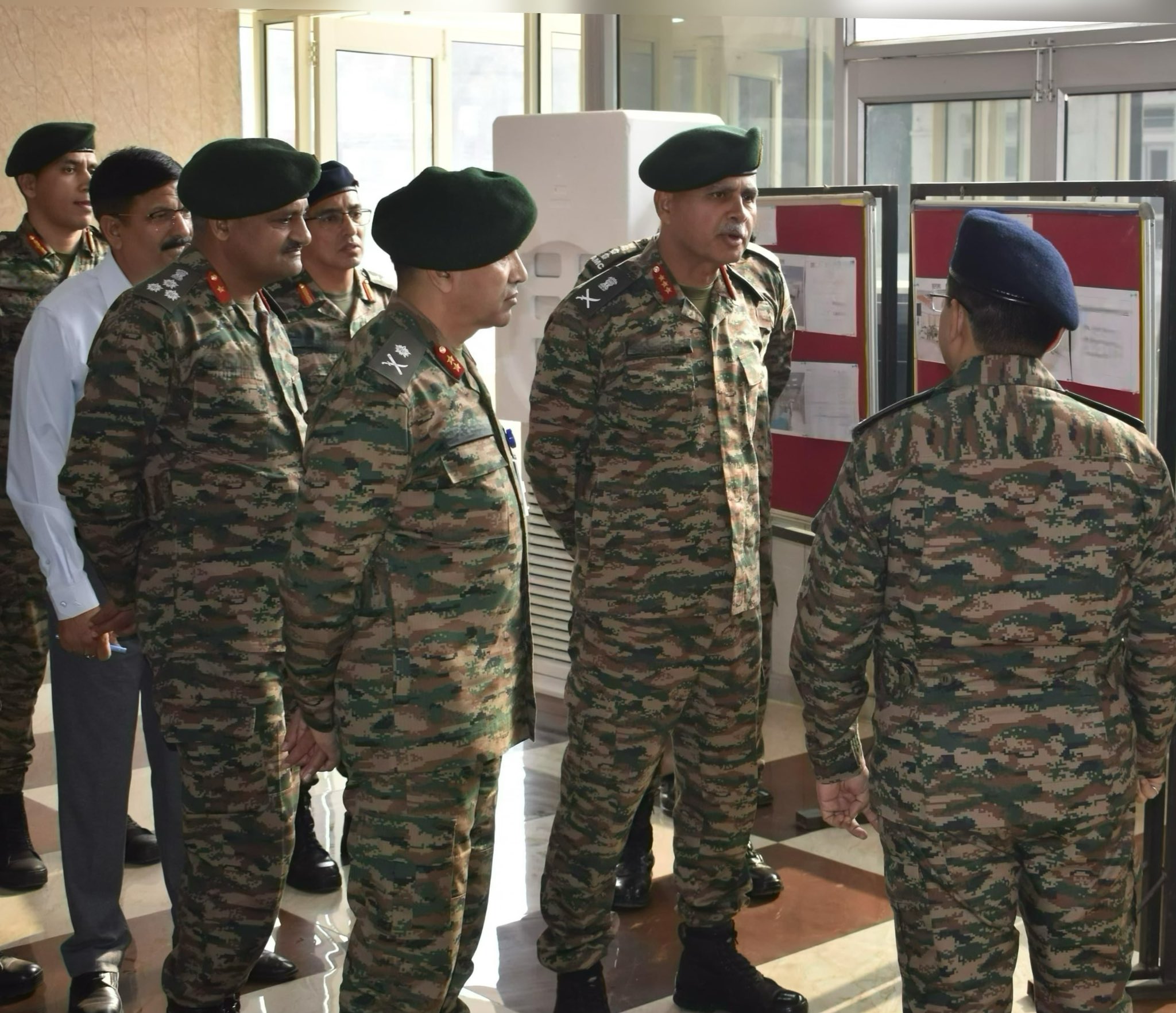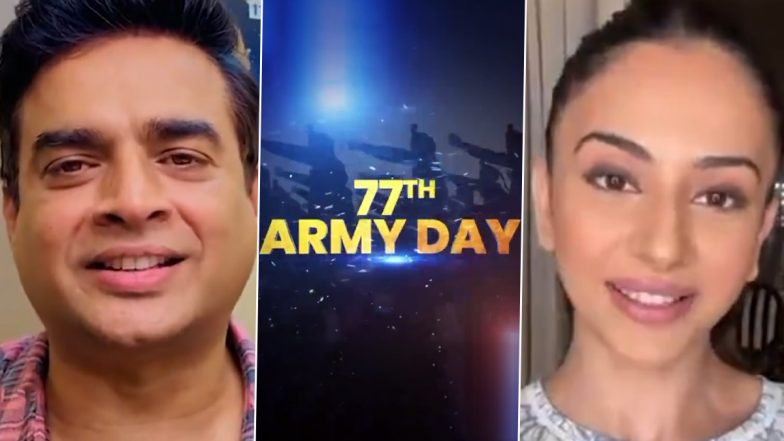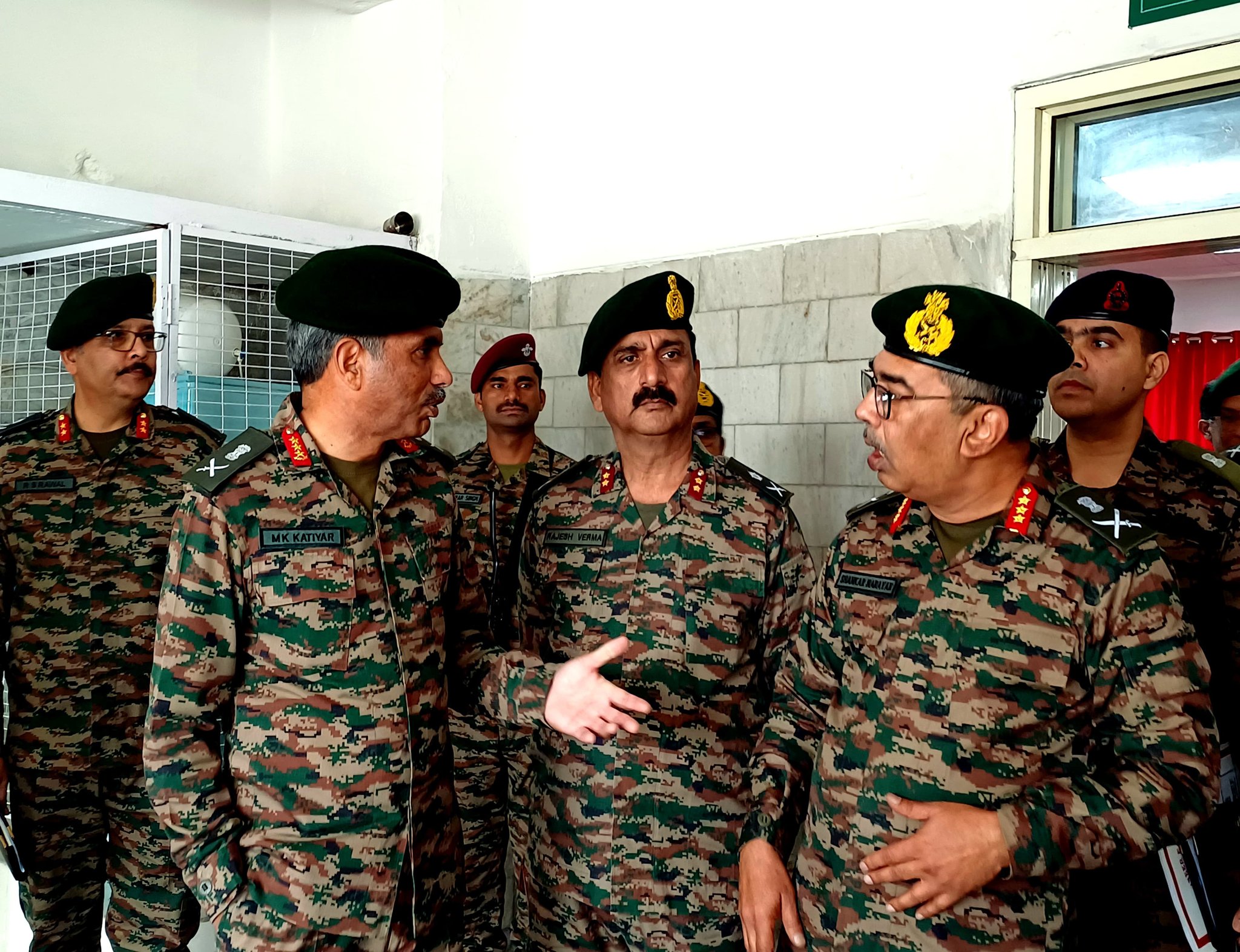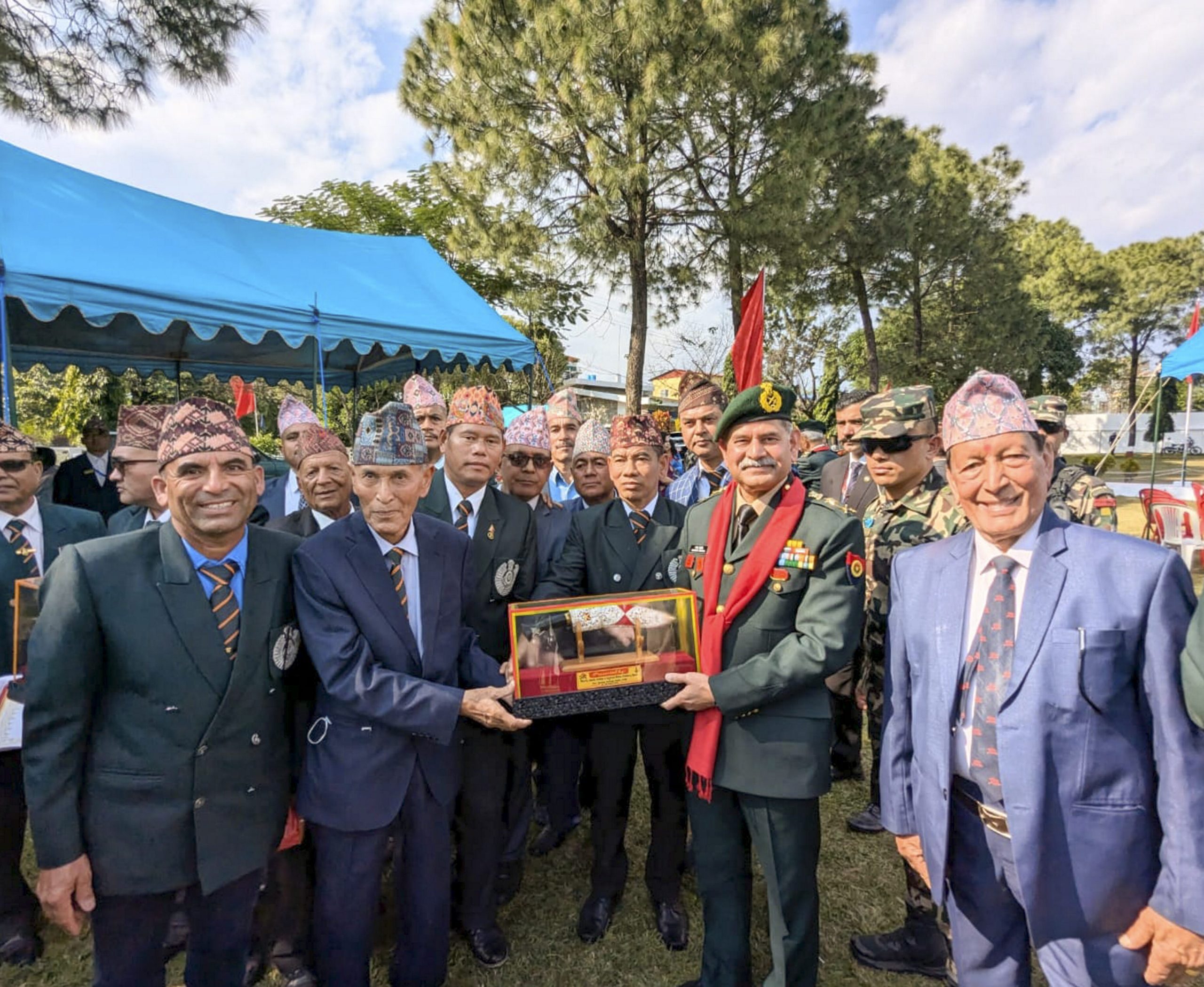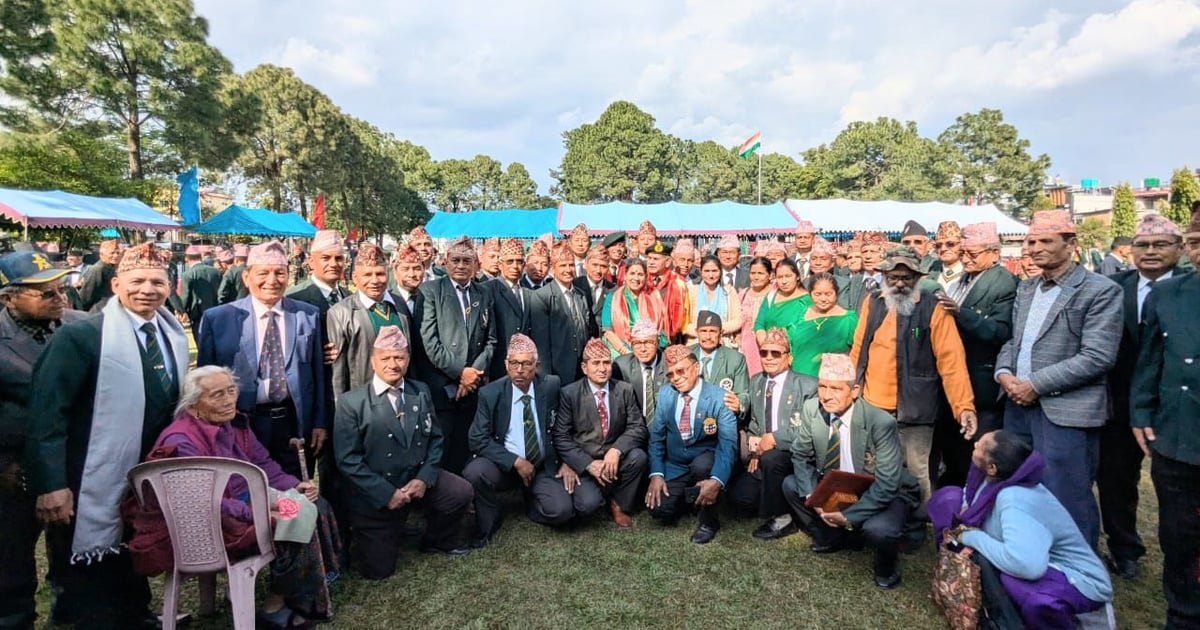Navy Band Dazzles Hyderabad with Melodic Performance at Sarath City Mall
Hyderabad recently transformed into a musical hub as the Navy Band from the Eastern Naval Command, stationed in Visakhapatnam, captivated…
GOC Vajra Corps Reviews Panther Division
In a demonstration of commitment to readiness and transformation, the General Officer Commanding (GOC), Vajra Corps, visited the Panther Division…
Indian Army Unveils Promotional Video for Historic Army Day Parade 2025 at IFFI in Goa
The Indian Army has made a significant announcement at the 55th International Film Festival of India (IFFI) in Goa by…
Army Commander Western Command Reviews Thal Sena Bhavan Construction
The Army Commander, Western Command, conducted a review of the ongoing construction of the Thal Sena Bhavan, a key infrastructure…
Indian Army Chief’s Nepal Visit Strengthens Bilateral Ties, But Recruitment Talks Remain Silent
Chief of the Army Staff General Upendra Dwivedi has successfully concluded a five-day official visit to Nepal aimed at reinforcing…
Indian Army Enhances Healthcare Support for Ex-Servicemen in Nepal During General Dwivedi’s Visit
In a significant move to bolster healthcare support for Indian ex-servicemen living in Nepal, General Upendra Dwivedi recently concluded a…

